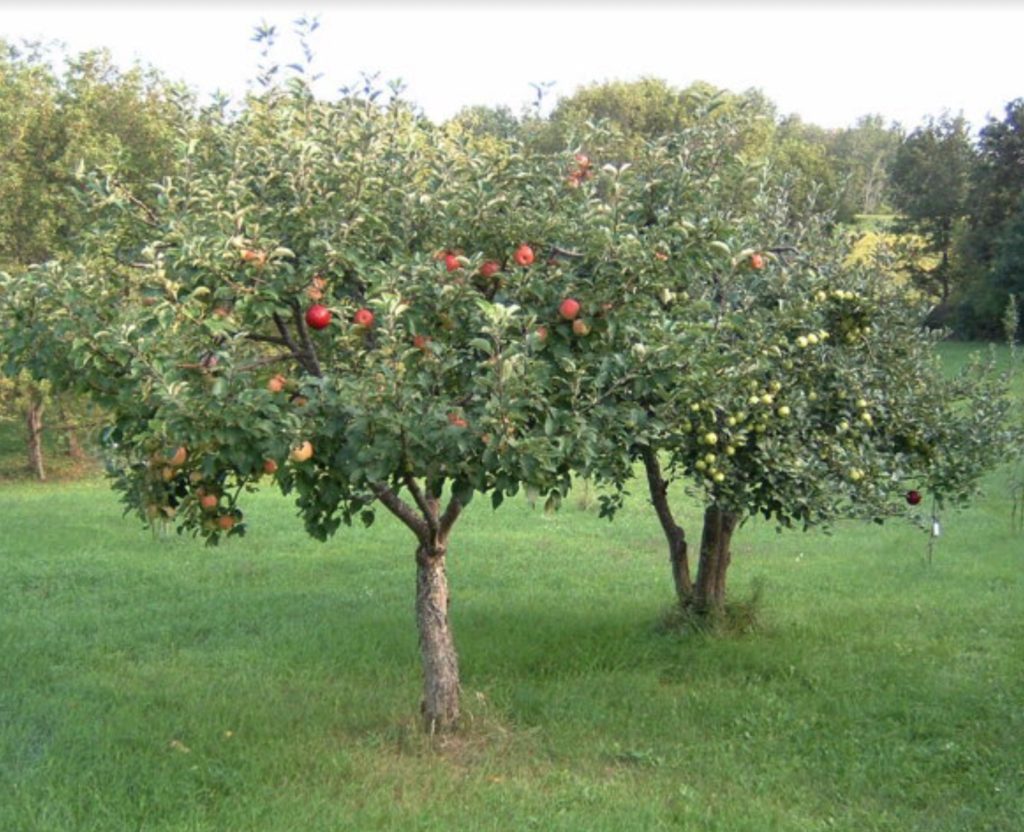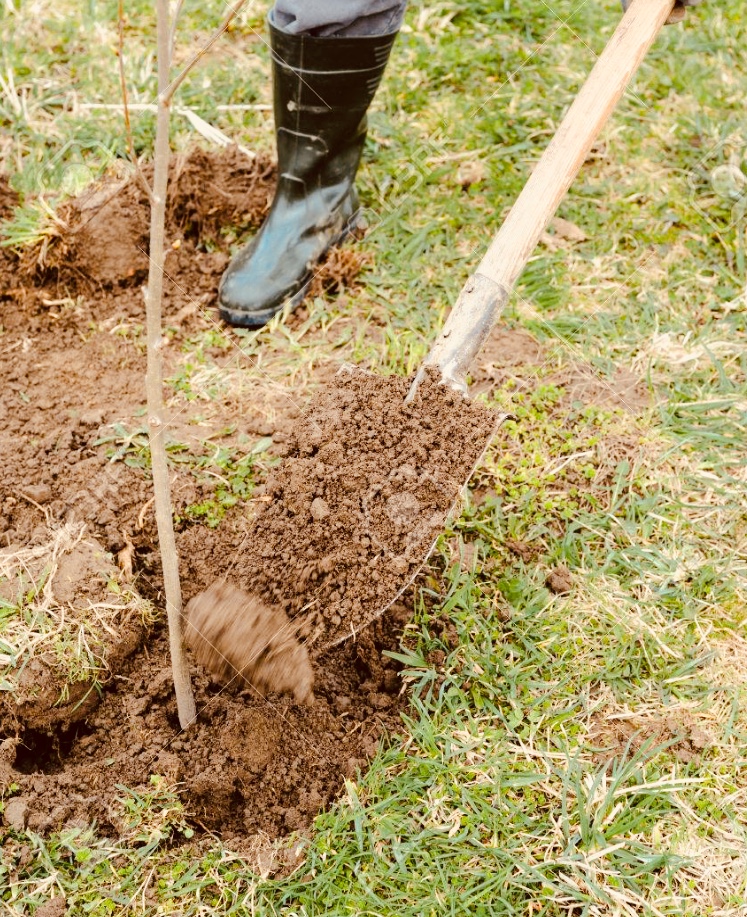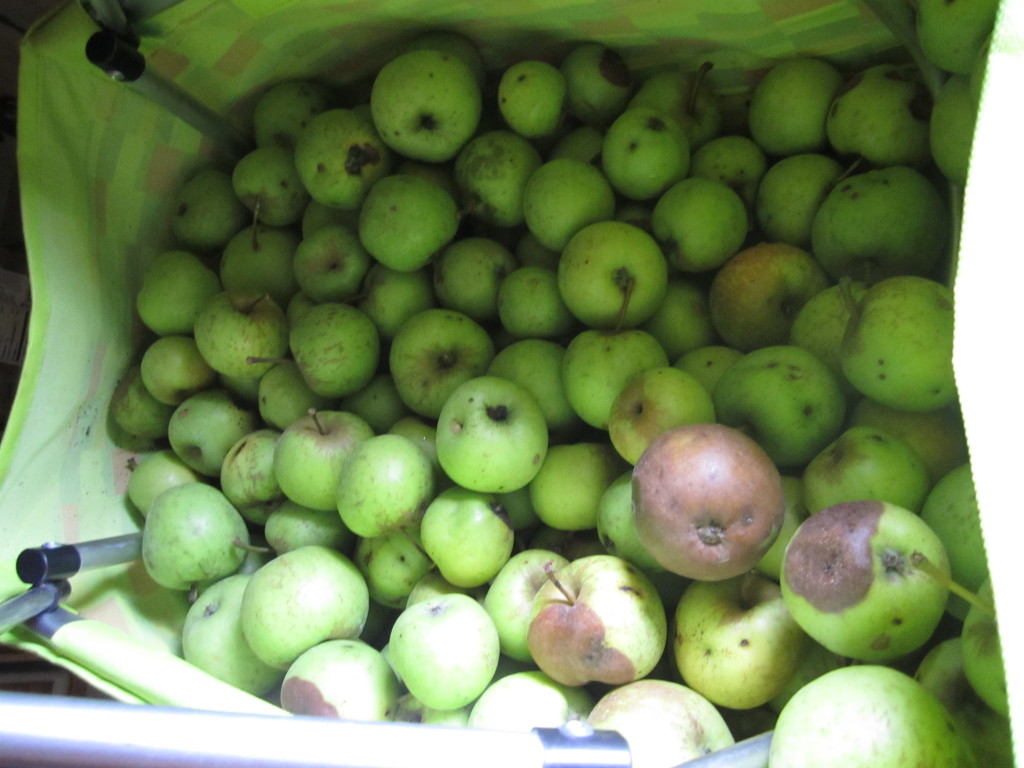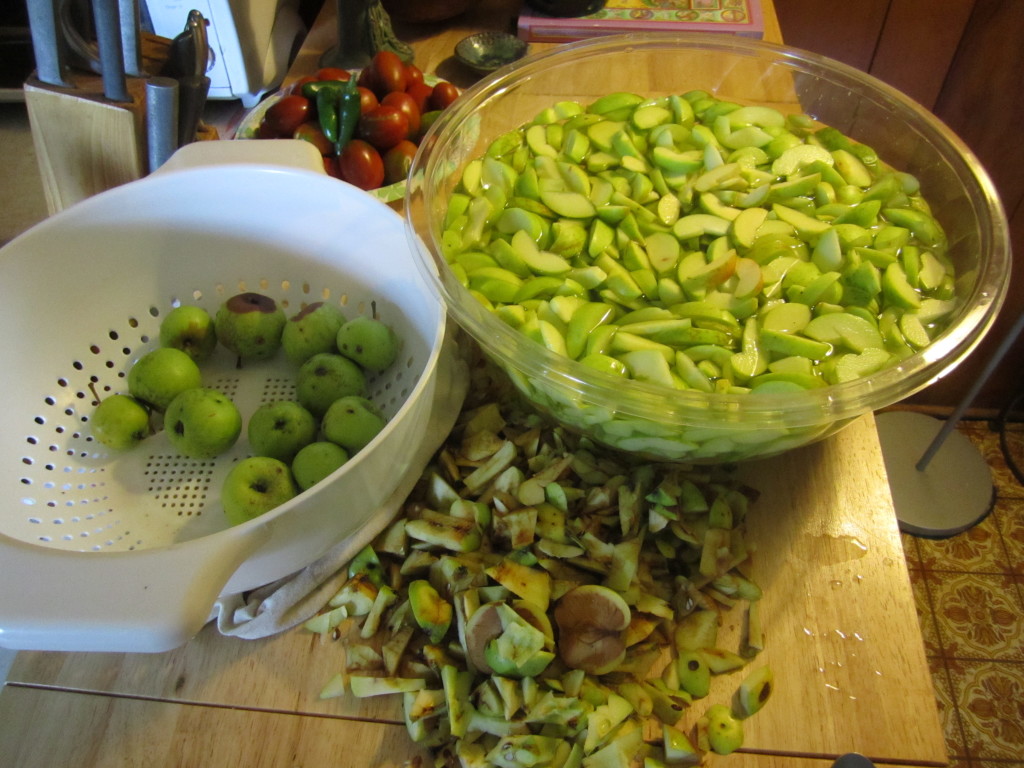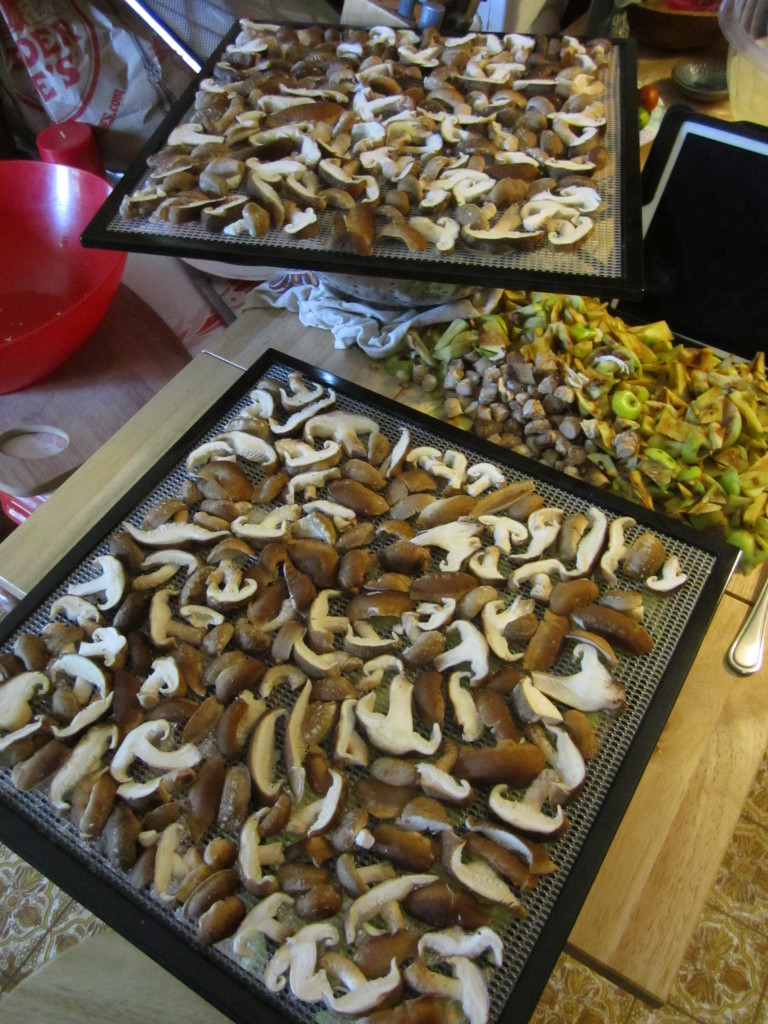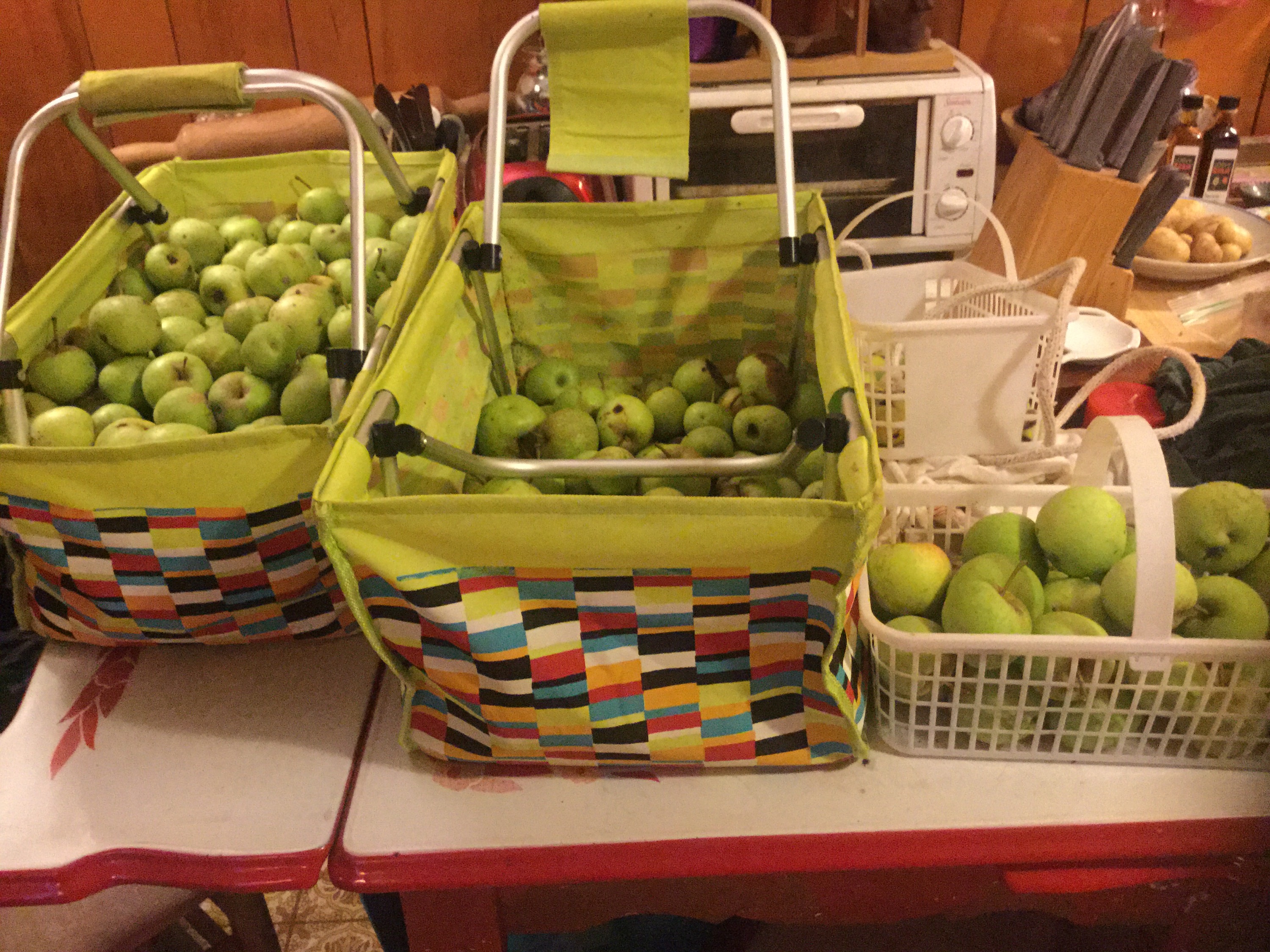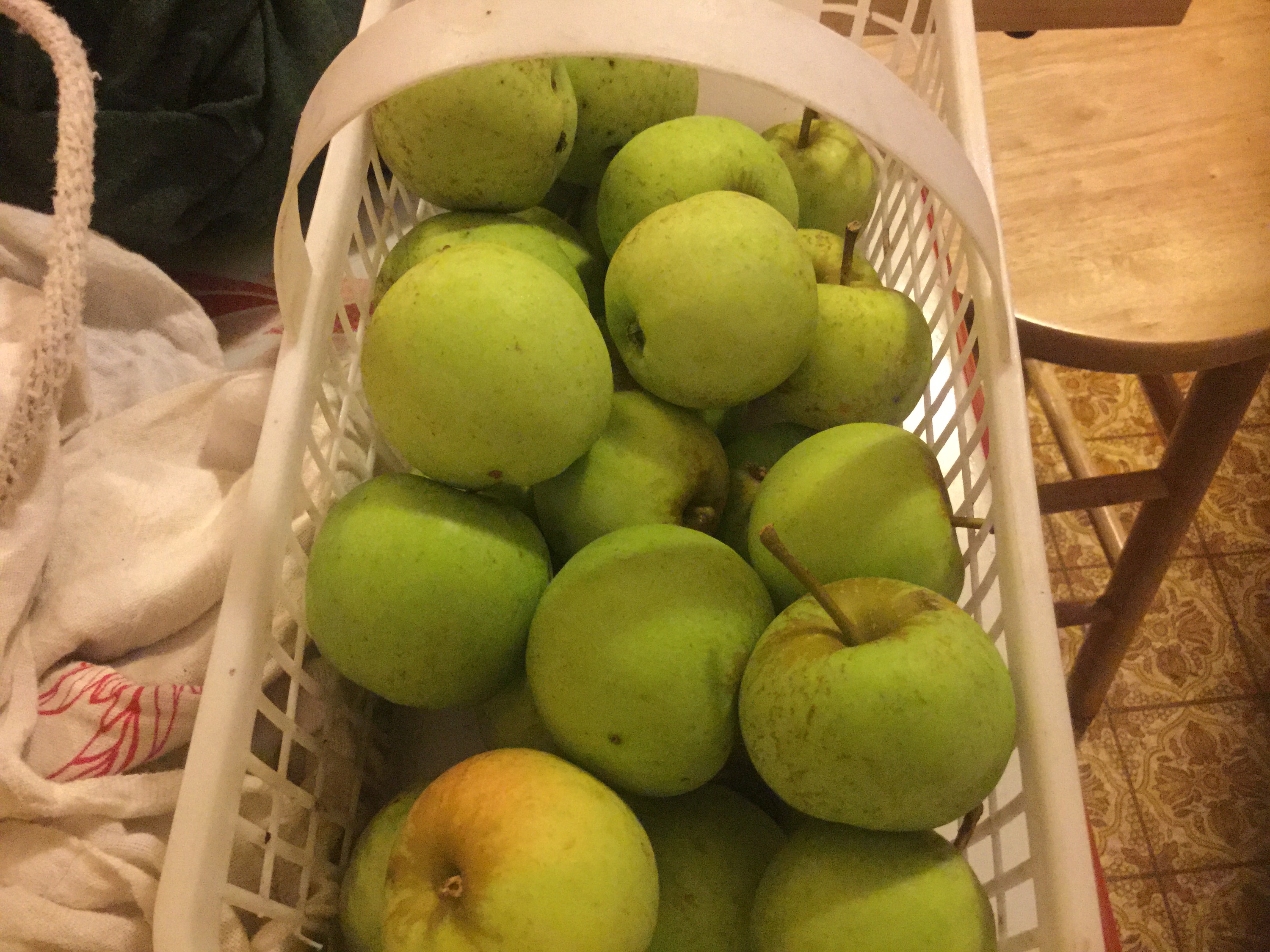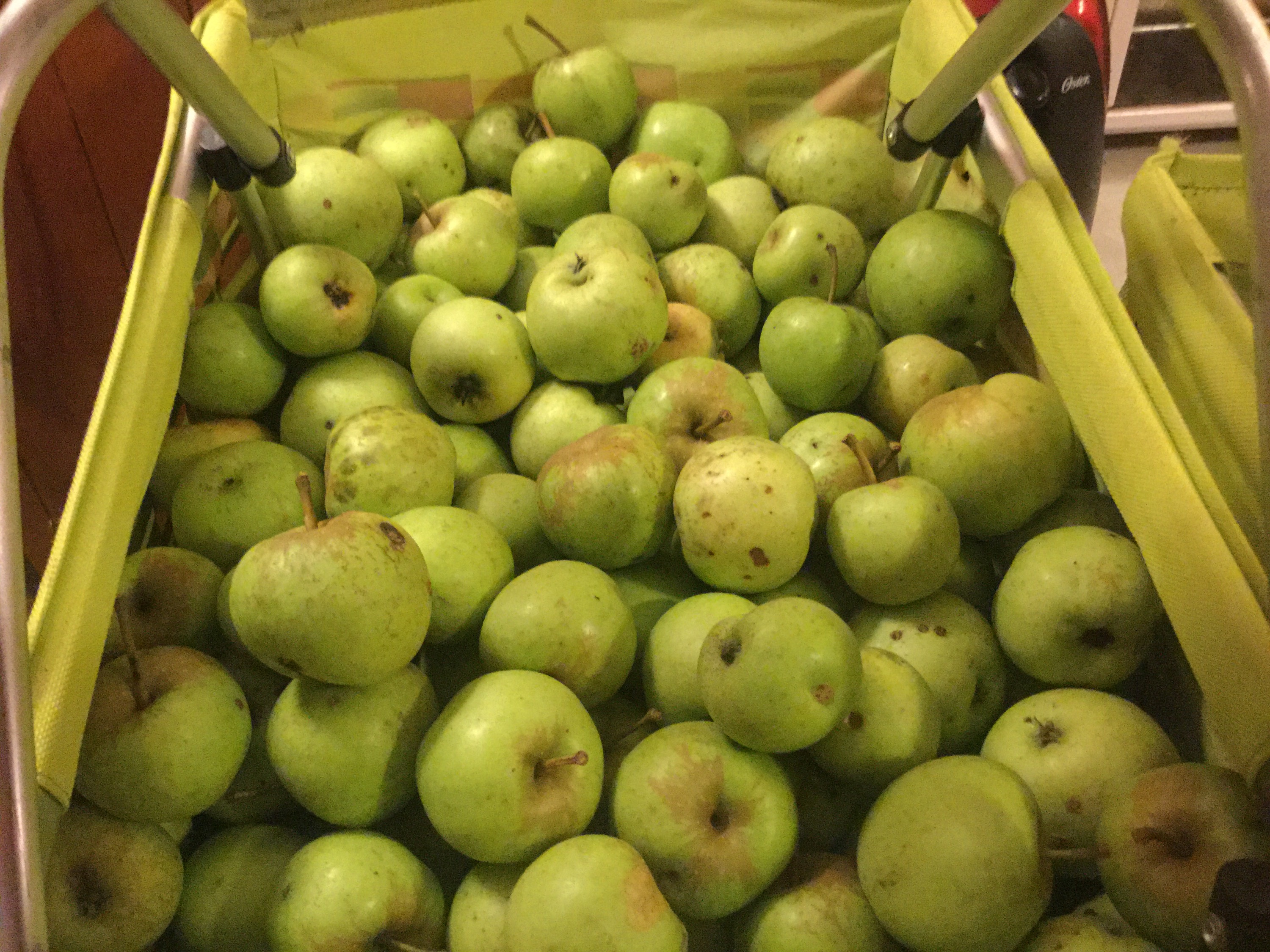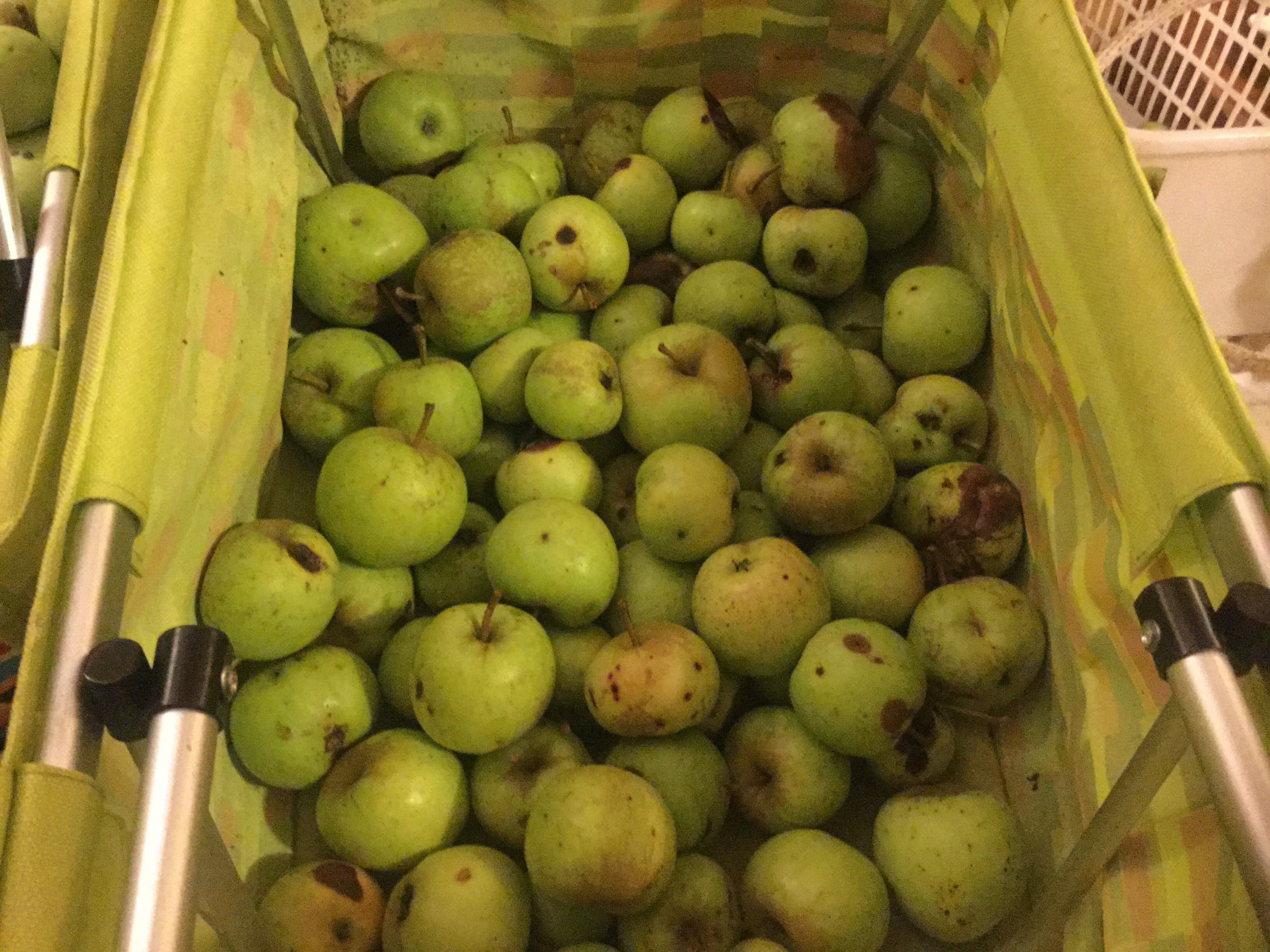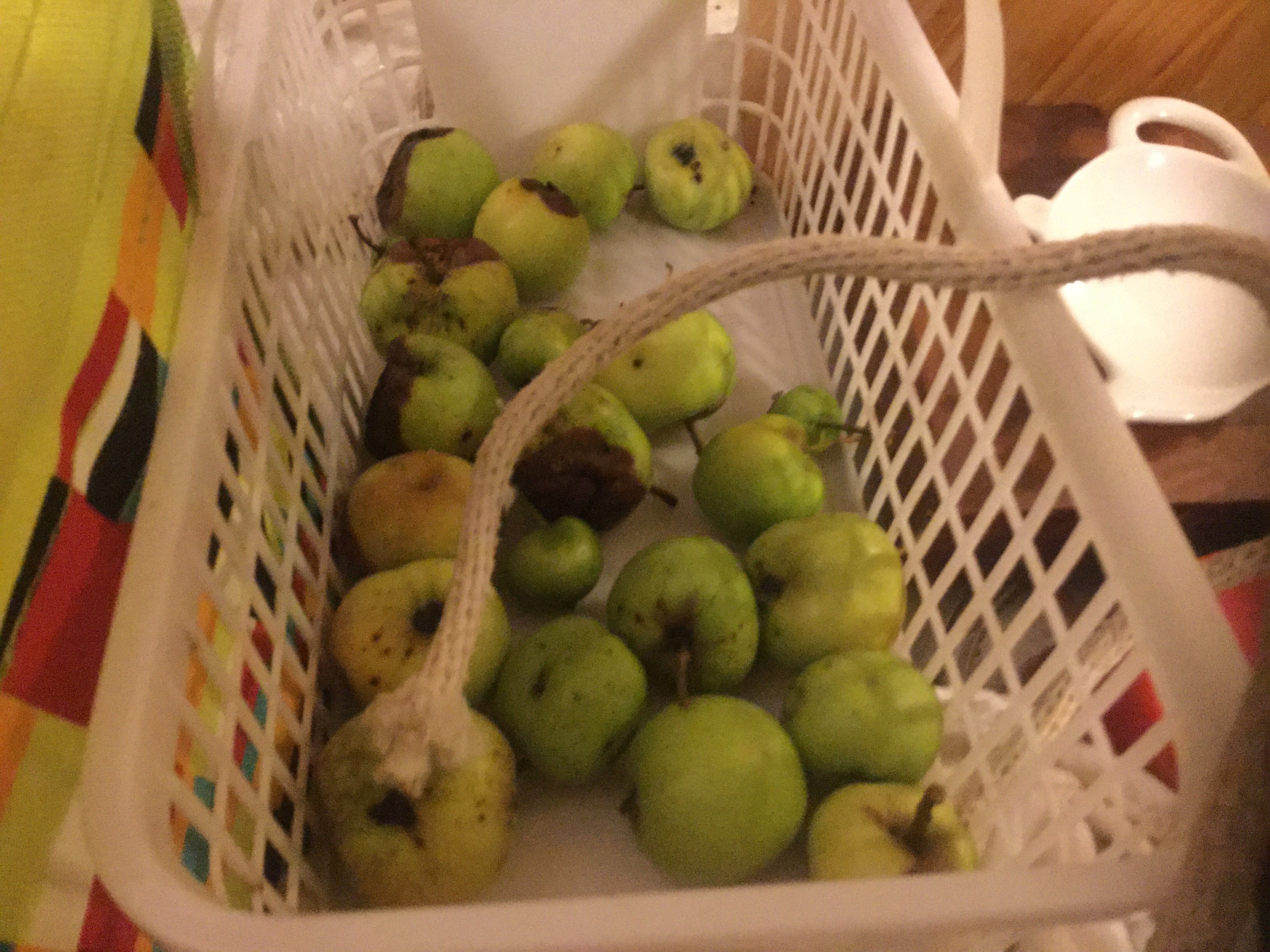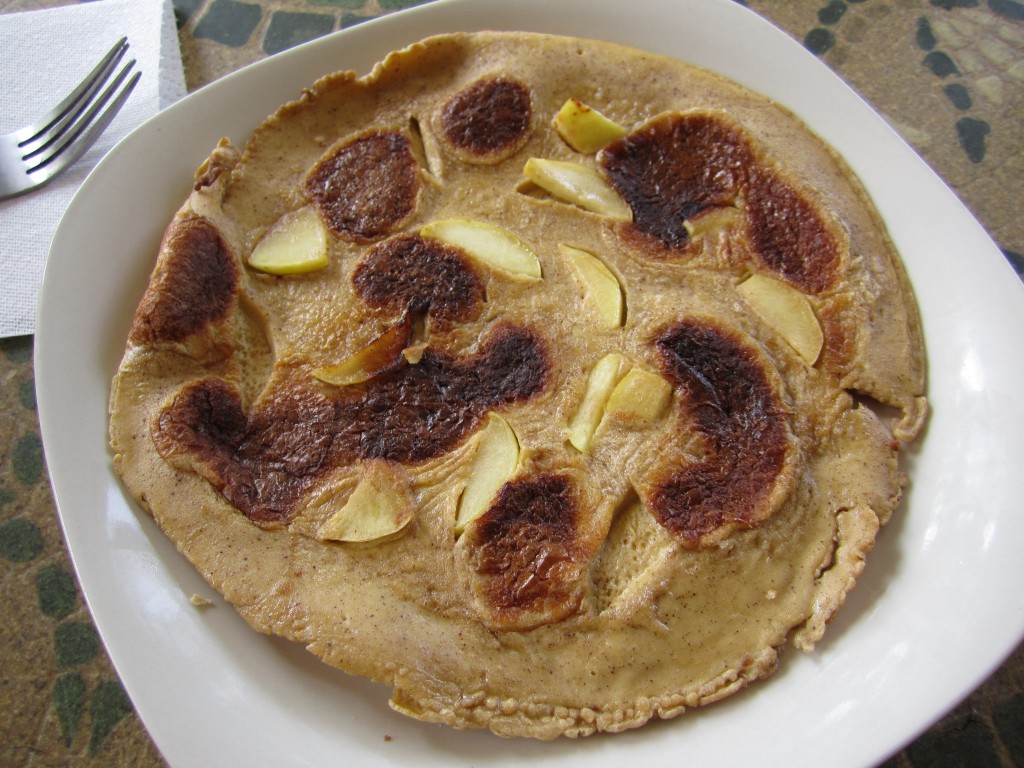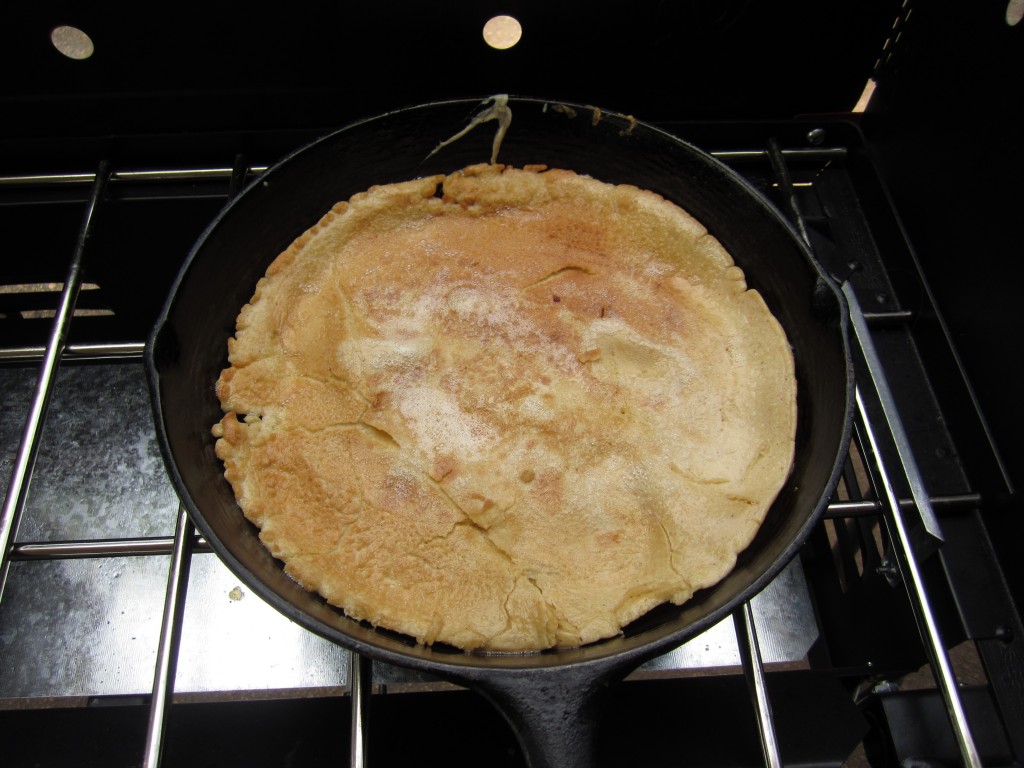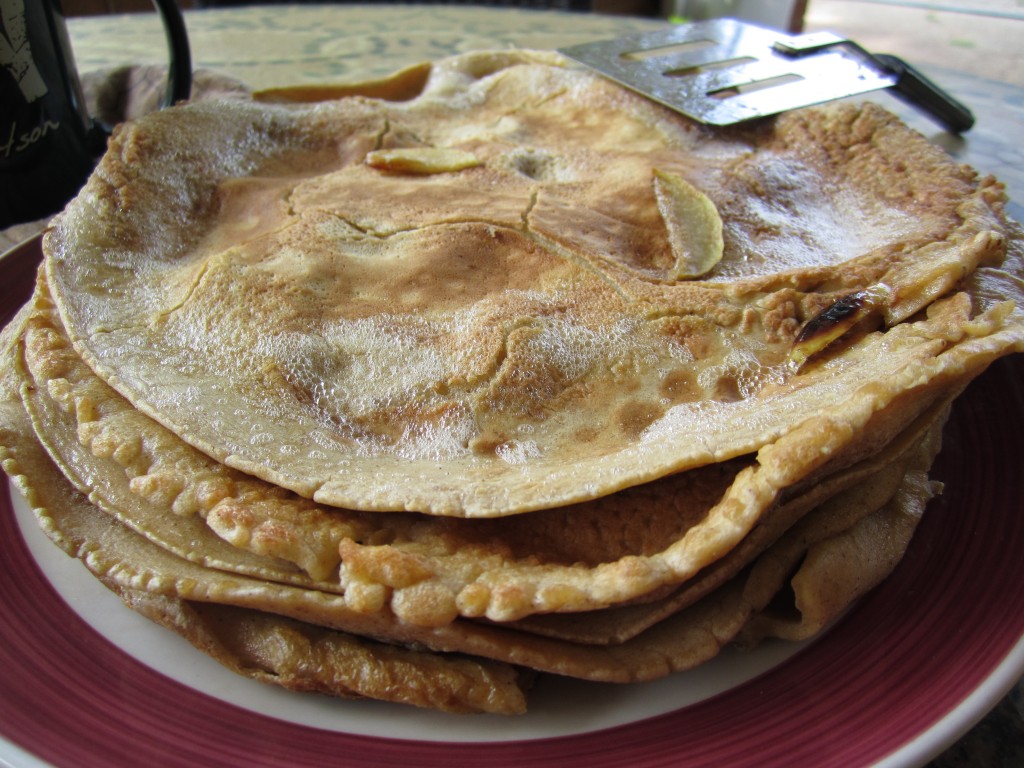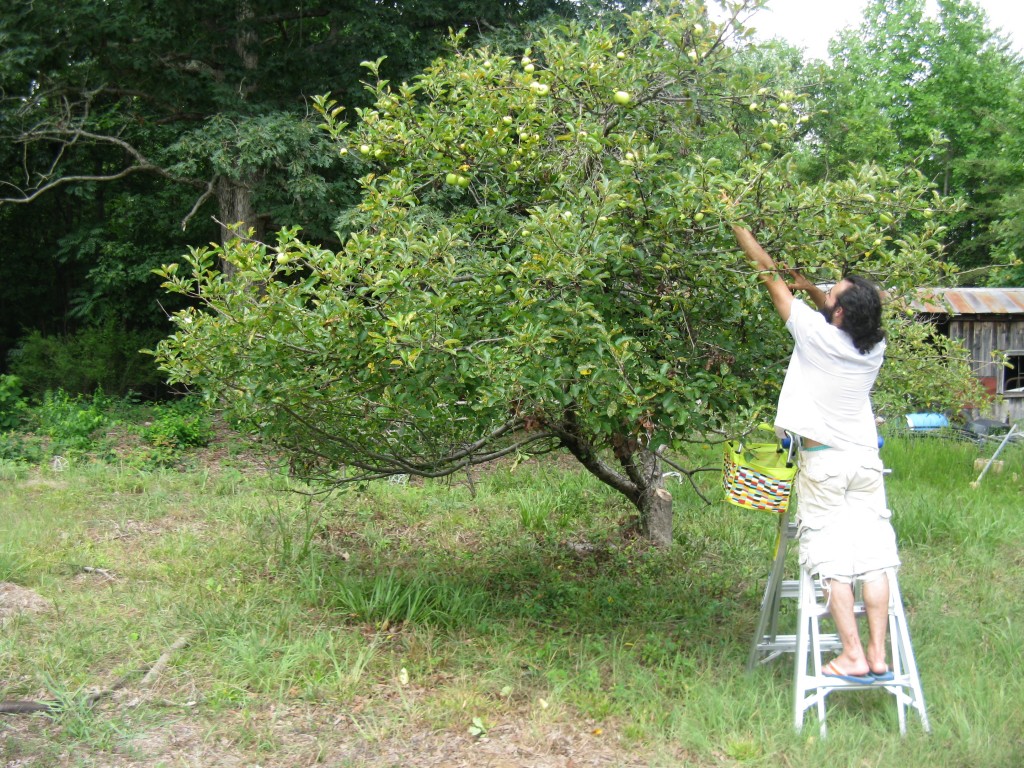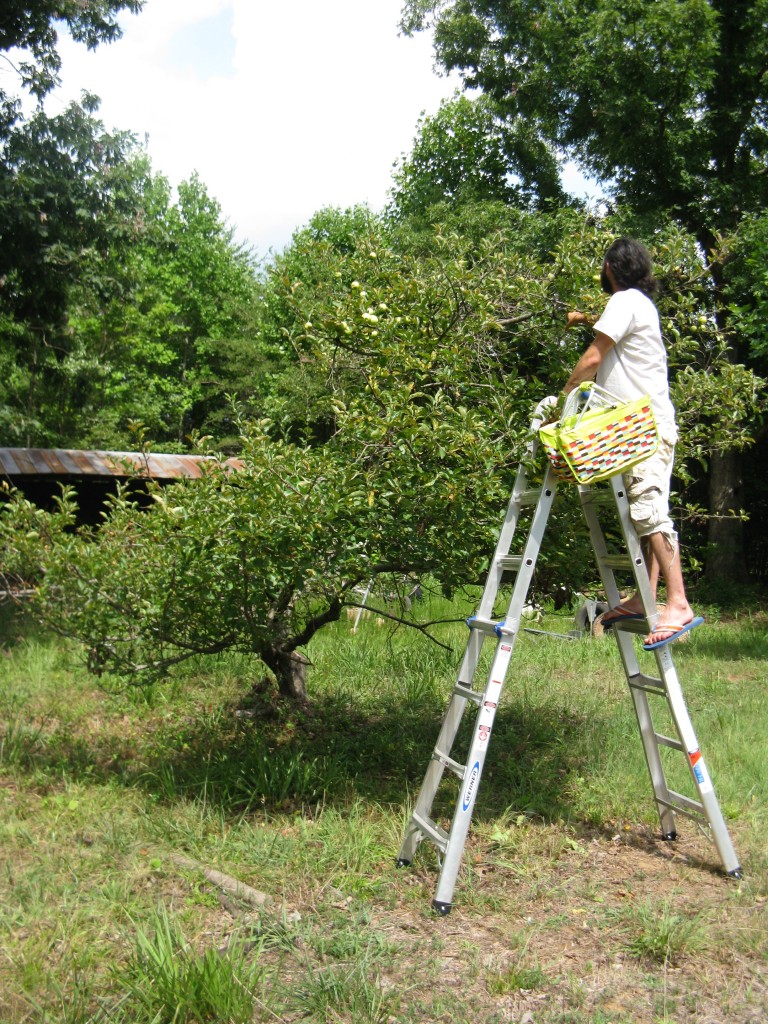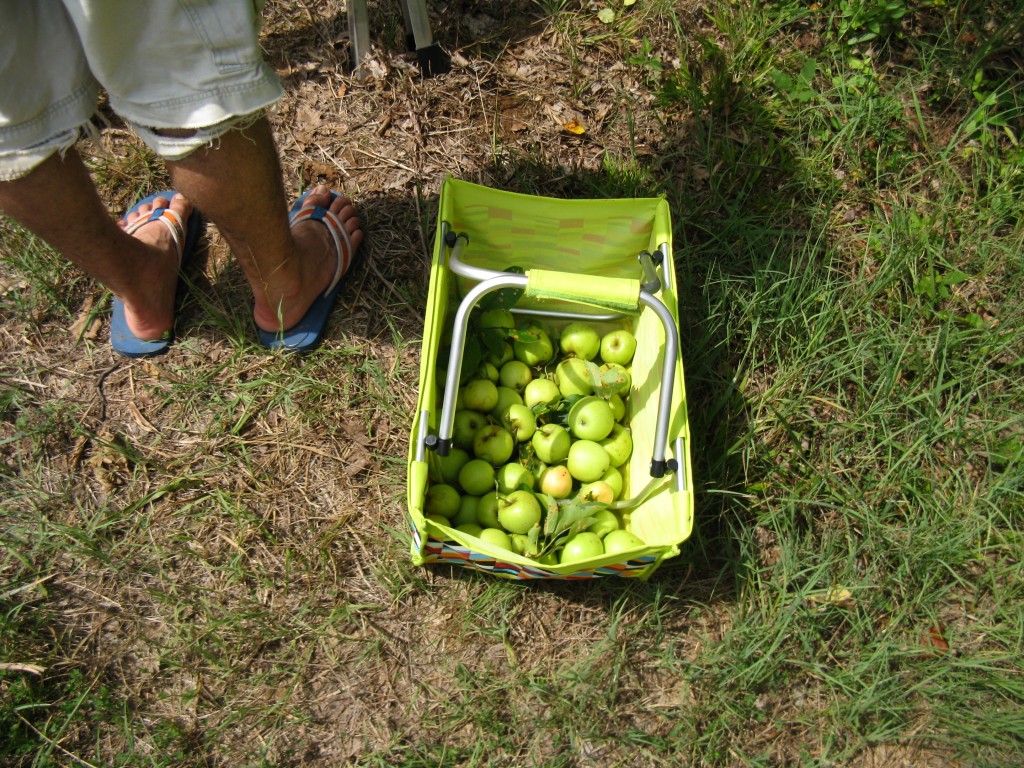Semi-Dwarf Apple Trees are a good choice for your family and yard because they will grow to be 12-16 feet tall and will yield twice as much fruit as a dwarf-sized tree without taking up much more space! This size tree is great as a climbing tree for the kids and will yield plenty of apples for your family during apple season. Semi-dwarf fruit trees have well-anchored roots and a greater surface area to yield ratio than dwarf fruit trees. With appropriate care and pruning management, a semi-dwarf apple tree is the perfect fit for almost any yard or garden!
Semi-Dwarfs bear 4-10 bushels a year, and since there are an average of 125 apples per bushel, you’ll be harvesting 500-1,250 apples a year when the tree is mature! WHOA! Apple pie and applesauce, anyone?
This year we have 5 varieties available: Gala, Golden Delicious, Honeycrisp, Stayman, and Liberty. You’ll need at least 2 varieties to ensure cross-pollination, so talk to us to help determine what varieties work best for you.
Also, don’t forget that Jason offers planting services for your fruit trees or bushes, so you don’t have to worry about planting depth and method! He also offers on-site consultations to assess your land and help you determine the best place for your edible or fruit bearing plants. He can work with you to create an edible orchard that includes fruits and other goodies that your family will enjoy for the next decades. Contact us for more info!
